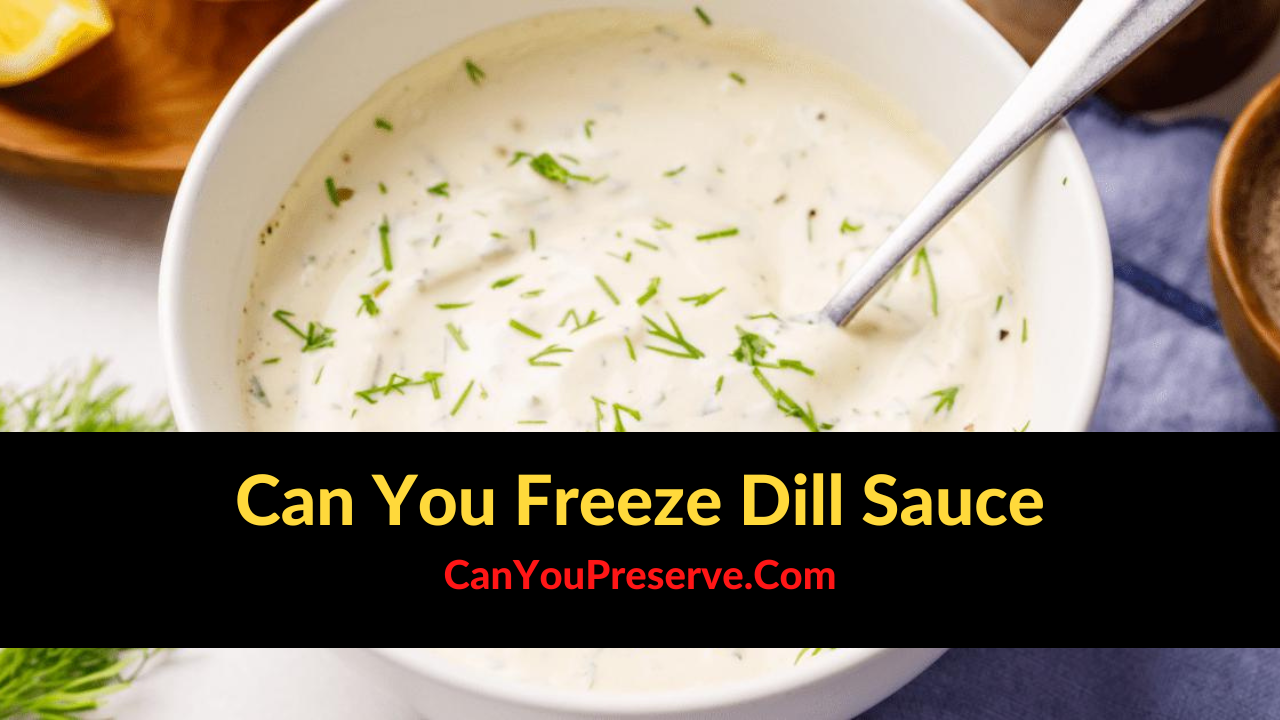Can you Freeze Lemongrass?: Lemongrass is a delicious and fragrant ingredient in a variety of dishes. If you’ve ever cooked with it, you know that it has a strong flavor that can really add something special to a dish.
But what if you have leftover lemongrass and you’re not sure what to do with it? Can you freeze lemongrass? It’s a common question, and it’s time you find out the right answers!
In this blog post, we have brought you all the tips and tricks you need to know about freezing lemongrass so that it retains its flavor and texture. Keep reading to learn more!
- Can You Freeze Lemongrass?
- How to Freeze Lemongrass in Ice Cube Form?
- How to Freeze Lemongrass Whole?
- Some Tips for Freezing Lemongrass
- How Long Can You Freeze Lemongrass?
- How To Defrost Frozen Lemongrass?
- Can You Refreeze Lemongrass?
- Does Lemongrass Freeze Well?
- Can You Freeze Lemongrass Paste?
- How to know if Frozen Lemongrass has gone Bad?
- Is it better to freeze or dry lemongrass?
- How Long Will the Lemongrass Last in the Refrigerator?

Can You Freeze Lemongrass?
Yes, you can freeze lemongrass. A popular tropical herb, lemongrass has a lemony, citrusy flavor and aroma that is perfect for soups, curries, stir-fries, and marinades. Fortunately, you can easily savor this enticing flavor by prolonging the herb’s shelf life. All you need is to follow the right method with precision and you can freeze your Lemongrass whole, in pieces, or as a paste for as long as 3 months.
How to Freeze Lemongrass in Ice Cube Form?
Essentially, there are two methods for freezing lemongrass. You may freeze them either whole or in ice cube form. For these two types, you must adhere to somewhat distinct procedures. The following sections detail how to go about the processes.
Preparing the Lemongrass for Freezing
Lemongrass can be frozen easily, but there are a few secrets to success. If you want to preserve its quality and flavor, you’ll want to prepare it first. Here are some tips for preparing lemongrass for freezing:
- To begin with, if your lemongrass still contains its leaves, start by peeling off the outermost 2 to 3 leaves and discard them.
- Next, cut the remaining lemongrass leaves where they sprout from the stem. If you would want to retain them, put them away.
- Following this, finely dice the herb or you can also chop or mince it in the food processor.
Freezing the Prepared Lemongrass
- After prepping (chopping and mincing) the lemongrass, portion out as much lemongrass per serving as you like.
- Following that individually wrap each portion in plastic wrap.
- Next, transfer the wrapped herb into good-quality freezer bags or air-tight containers for extra protection.
- Label and pop it in the freezer.
Freezing the Prepared Lemongrass into Cubes
Freezing lemongrass in cubes can be quite convenient for later use. Therefore, here’s a step-by-step guide for freezing it in cubes:
- Portioning out: Separate the minced, chopped, or diced lemongrass into individual sections. This will not only assist in freezing the lemongrass faster, preserving its nutritional value and superior texture and taste, but it will also make it simpler to divide portions for future use.
- Now, spread a sheet of plastic wrap over an empty ice tray, and then drop a spoonful or two of lemongrass in each depression.
- Add water until the herb is completely immersed.
- Once the ice-cube depressions are all filled, cut the plastic wrap between each of the individually filled “cubes” with scissors, and then close the plastic wrap securely.
- Pop the ice tray in the freezer and keep it overnight.
- Once the lemongrass is frozen, transfer it to an airtight container or freezer bag. Label the container/ bag with the date and contents.
- Place it back in the freezer.
How to Freeze Lemongrass Whole?
You can also freeze the lemongrass whole. In fact, this is even simpler than preparing it. However, this is not ideal since lemongrass loses its crisp firmness when frozen whole. Here’s how to freeze entire lemongrass:
- Thoroughly wash and completely dry the lemongrass. Ensure they are fully dry, as the lemongrass tends to stick to freezing if they remain moist.
- Trim the stalks and remove the outer woody leaves.
- Squeeze the air from the freezer bag and carefully place the lemongrass for freezing, and seal tightly.
- Label the containers or the freezer bags with the date and place it in the freezer.
Some Tips for Freezing Lemongrass
- Thoroughly wash the lemongrass before beginning the freezing procedure. This helps in getting rid of any dirt or debris.
- Following the wash, it is also important to dry the lemongrass completely as any moisture will result in a sticky herb upon freezing.
- Avoid freezing the lemongrass as a whole. This alters the firm texture of the herb. It’s best to Portion out the lemongrass and hence freeze it.
- You can also freeze the leaves of lemongrass separately to use it as garnish.
How Long Can You Freeze Lemongrass?
If you freeze fresh lemon grass as instructed, the herb will maintain its optimal quality for up to three months in the freezer. However, extending it beyond this duration will eventually result in a decline in quality. And although it will still be safe to consume at this point, the flavor and aroma will alter.
Also, Know
How To Defrost Frozen Lemongrass?
Thawing the frozen lemongrass is quite easy. In fact, in most cases, this process is not even necessary.
Moreover, the methods generally, depend on your requirement. If the lemongrass has been frozen in the chopped, minced, or diced form, you may just add the required amounts to whatever you are preparing. The same also applies to lemongrass frozen as ice cubes. While cooking simply transfers the lemongrass cube from the freezer into your dish.
Whereas when frozen whole, again often defrosting is not really necessary before using it. However, if you really want to go about it, you can simply crush it before cooking. Begin by allowing the frozen lemongrass to sit at room temperature for 30 to 60 minutes to soften it, and then use a rolling pin to break it up. Finally, add it to the pan with the other ingredients.
Can You Refreeze Lemongrass?
No, it is not advised to refreeze lemongrass. When the majority of foods, including lemongrass, are frozen more than once, a noticeable alteration occurs. In the case of lemongrass, this transformation mostly involves a loss of taste and fragrance. Therefore, you must rigorously avoid refreezing; alternatively, you may freeze the lemongrass in cubes and use just what is necessary.
Does Lemongrass Freeze Well?
Yes, lemongrass freezes well. In fact, if you follow all of the instructions provided in this article, you may preserve this herb for up to three months. Furthermore, as long as the lemongrass is not frozen for too long, freezing will not alter its aroma and wonderful flavoring.
FAQs on Can You Freeze Lemongrass
1. Can You Freeze Lemongrass Paste?
Yes, you can safely freeze lemongrass paste. To make a lemongrass paste, simply blend chopped lemongrass with a little water until smooth. Place the paste in a freezer-safe container and it will keep for up to 3 months.
2. How to know if Frozen Lemongrass has gone Bad?
Well, your senses come to work here. You can tell if frozen lemongrass has gone bad by the pungent smell or mushy appearance.
3. Is it better to freeze or dry lemongrass?
Freezing the lemongrass is a best way to preserve them. Because few people say that sweet citrus scent becomes a bit weaker when you dry them.
4. How Long Will the Lemongrass Last in the Refrigerator?
Fresh lemongrass, wrapped loosely in slightly damp paper towels can be kept in the refrigerator for about a week.
Final Thoughts
As you can see, freezing lemongrass is a great way to preserve this versatile herb. Not only does it retain its flavor and aroma, but it’s also easy to do. Simply follow the above-mentioned method, tips, and tricks and you are all set to go. Therefore, next time you find yourself with an abundance of lemongrass, don’t hesitate to give freezing a try. It’s the perfect way to keep this fragrant herb on hand for all your cooking needs!










